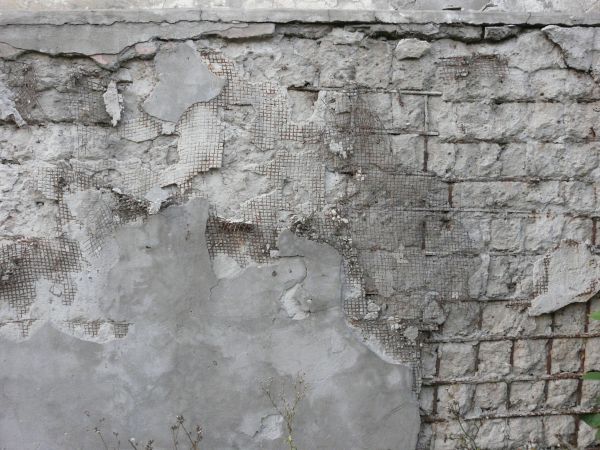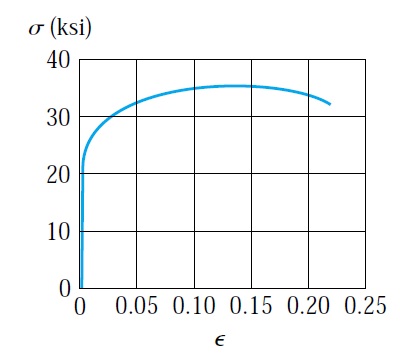Pressure Reducing (or Pressure Breaking) Valves
A pressure reducing valve (PRV), also known as a pressure breaking valve, is used to reduce and regulate fluid pressure to a specific, safe value in order to protect downstream equipment and piping systems. These valves are commonly used in water supply and hydraulic systems, where the inlet pressure may be higher than the pressure rating of the downstream components.
In such cases, the pressure reducing valve ensures that the downstream pressure remains within the allowable range of the equipment and pipes, preventing possible damage or system failure.
The figure below shows the main components of a pressure reducing valve, which typically include a diaphragm, spring, inlet, and outlet.
The valve is set to a preset pressure value. When the inlet pressure exceeds this preset limit, the diaphragm is pushed upward, compressing the spring and closing the valve partially to restrict flow — thereby reducing the downstream pressure.
Conversely, when the inlet pressure drops below the preset value, the spring expands, opening the valve to allow more flow and maintain the downstream pressure within the desired limit.
Through this automatic adjustment, the valve continuously regulates and stabilizes the pressure, ensuring system safety and efficiency.
Pressure reducing and regulating valves are widely used in several applications, including:
-
Water distribution networks – to control and stabilize water pressure in municipal pipelines.
-
Building plumbing systems – to reduce incoming municipal water pressure to safe levels, protecting fixtures, appliances, and internal piping.
-
Irrigation systems – to maintain safe operating pressure within pipelines, valves, and water meters, preventing damage from excessive pressure.
-
Hydraulic systems – to ensure consistent operating pressure for equipment and actuators.
There are several types of PRVs depending on the system requirements and control method, such as:
-
Direct-Acting Pressure Reducing Valve – a simple design using a spring and diaphragm, suitable for small systems or low-flow applications.
-
Pilot-Operated Pressure Reducing Valve – uses a pilot valve to control the main valve, allowing for more accurate regulation and better performance under varying flow conditions.
-
Pressure Relief Valve – designed to release excess pressure from a system to prevent over-pressurization rather than to regulate pressure continuously.
















Comments
Post a Comment